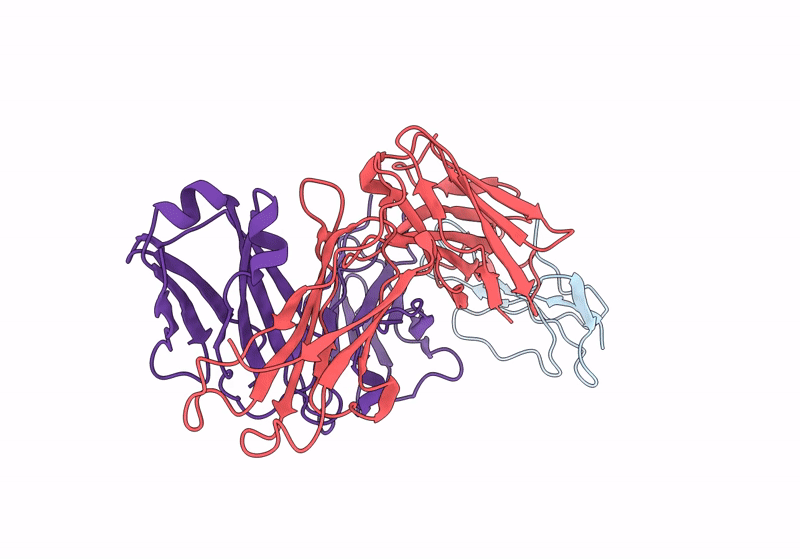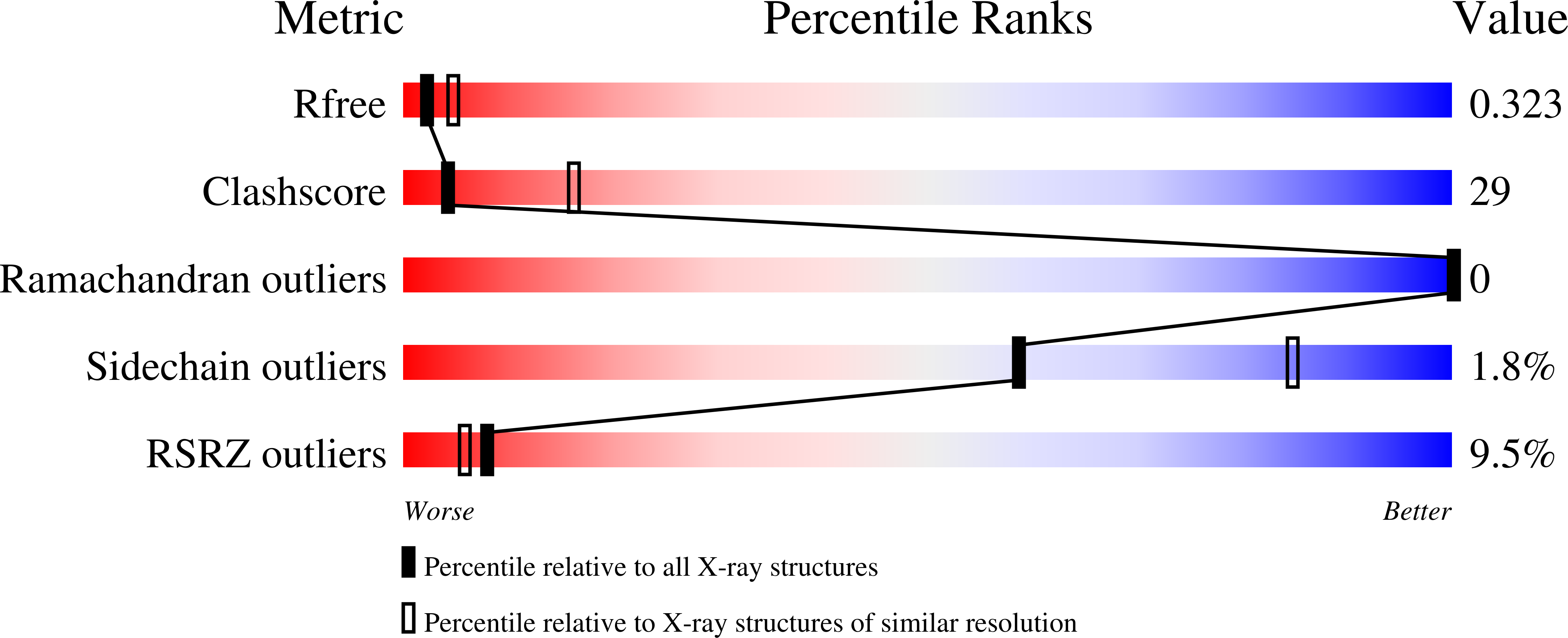
Deposition Date
2023-05-23
Release Date
2024-03-20
Last Version Date
2024-11-13
Entry Detail
PDB ID:
8SXP
Keywords:
Title:
Crystal structure of long neurotoxin from the venom of the king cobra (3FTx-L15) in complex with Fab of broadly neutralizing antibody 95Mat5
Biological Source:
Source Organism:
Homo sapiens (Taxon ID: 9606)
Ophiophagus hannah (Taxon ID: 8665)
Ophiophagus hannah (Taxon ID: 8665)
Host Organism:
Method Details:
Experimental Method:
Resolution:
2.90 Å
R-Value Free:
0.32
R-Value Work:
0.26
R-Value Observed:
0.26
Space Group:
C 1 2 1


